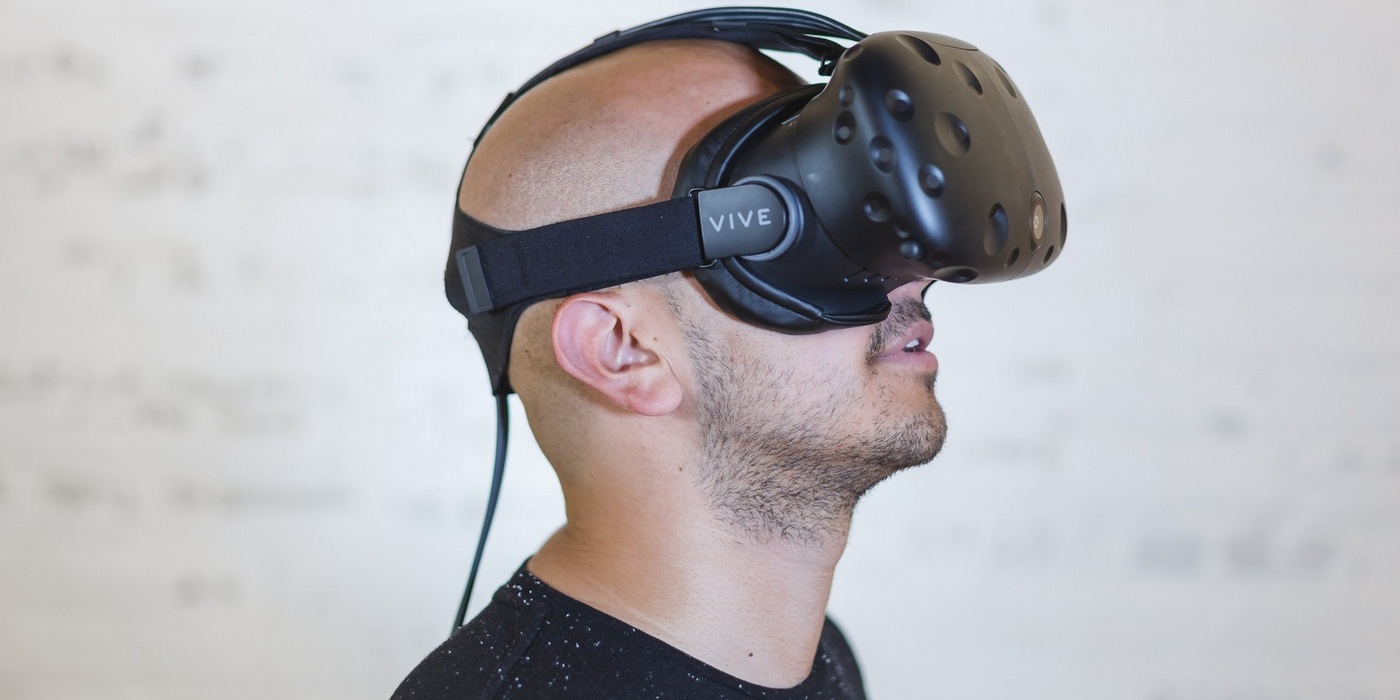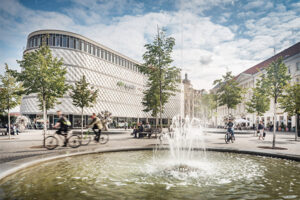
When making a capital investment in a commercial property, perhaps an extension or renovation that will impact the usage and profitability of your assets, having the most valuable information and concept of how the food court – the heart of the shopping center industry – will look and deliver to your restaurant partners and center visitors is essential.
Shopping centers are locations that offer family entertainment and include arcades, chain stores, movie theaters, and, of course, the central point – the food court.
As an investor, you may have an idea of how things all flow together and even an overview of existing data on successful enterprises.
However, a virtual reality tour makes all the difference in the world with regard to understanding the entire picture.
Revision Allowance
Virtual reality software can help sell a property and enable investors to understand the layout. Even issues such as the disposal of trash and the storage of equipment are vital. Two-dimensional plans only tell part of the story. Luckily, an immersive 360° experience exists. When used during the early planning phase, it helps people to visualize the preliminary concept, thereby allowing for discussion and revision.
With virtual reality controllers in the production hall, investors can experience a walk-through with everything to scale. This results in a highly realistic impression. Vincent Vallois and Máté Petrányi from UP2VR explain that the dimensions of the machine as well as their ergonomics and accessibility are quickly recognizable and easy to understand. The experience is priceless with respect to anticipating the viability of a shopping center design. Moreover, investors can take a 360° flight video home. “We are convinced that modern technologies, such as virtual reality, can provide valuable support in various business areas in the future,” says Vallois.

Pilot 3D programs have already been implemented to help investors and operators make better investment decisions. For too long, real estate developers and architects have relied on outdated visualization technology that was slow, expensive, and static. Aside from the classics, such as 3D rendered images, 360° panoramas, and promotional videos, UP2VR offers next-generation interactive and immersive experiential walk-throughs on desktops and in virtual reality that have emotional effects on customers.
It doesn’t get any more 3D than in real estate. It’s time for architectural visualizations to become 3D as well. With interactive walk-throughs on both desktops and in virtual reality, investors can submerge themselves in and fall in love with a property – before it is even built. They can try out different variations. Traditional visualization services require significant time and money. UP2VR’s technology allows for quicker modifications without compromising image quality. In addition, as everything comes from one source, the workflow is simplified and designs look great across all platforms and media.
Interactive Walk-throughs
- The process is quicker and easier than before. Users get:
Traditional static rendered images created with unmatched precision and attention to detail. - 360° views from any point inside or outside the property, embeddable into websites on all devices, using the gyroscope capabilities of smartphones.
- High-quality material for promotional videos, complete with footage of the interior and exterior, moving objects, such as cars and residents, as well as maps and other animations.
- Real-time changes to the environment and lighting conditions, as well as materials, color options, and even furniture, allow users to find the ones that best suit their tastes before any money is spent.
Sign up for our ACROSS Newsletter. Subscribe to ACROSS Magazine.





